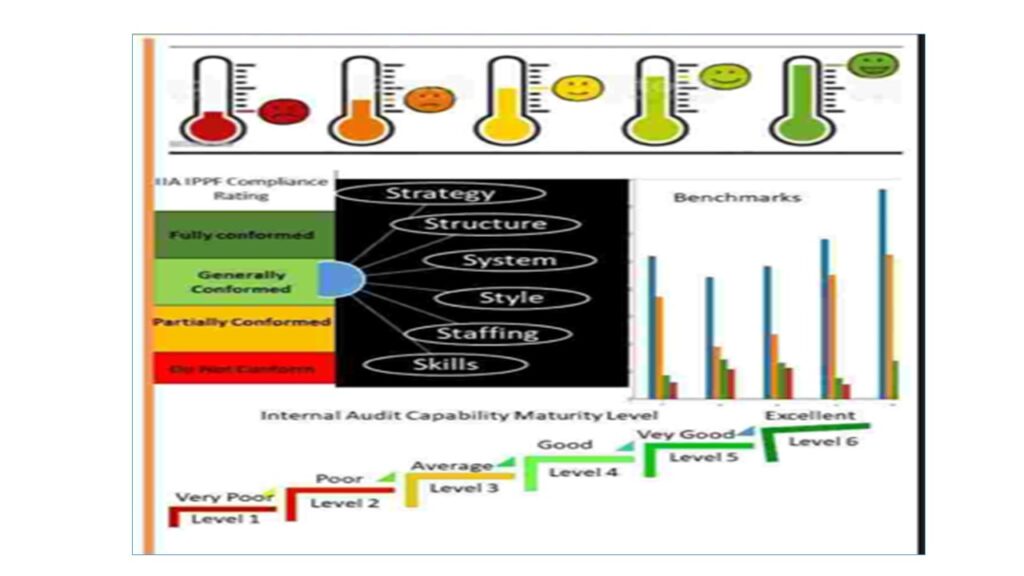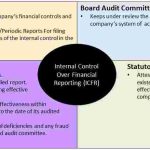Phase 3 – Assessment of the current state of the internal audit function – involves obtaining the relevant information about the current state or “AsIs” status of the internal audit function from different sources. The reviews are driven by the focus areas highlighted in the quality measurement standards and tools in use, for examples as contained in the IIA IPPF, IIA IC-MM. IIA Audit Intelligence Suite and UK HM Treasury Quality Assessment Standards. Completing the phase 3 activities will require adopting a commination of approaches which include the following:
- Desktop Review of the relevant documents such as Internal Audit Charter Audit Committee Charter, Corporate Strategy, Annual budgets, Internal audit plans, Organizational structure, standard operating procedures, etc.
- Interview Sessions with different levels across the organisation and key business partners such as external auditors and consultants,
- Administration of Survey Questionnaires,
- Focus group discussions and workshops.
- Data analytics and interpretation,
- External research on leading practices
Phase 4 – Root cause analysis. This involves analysis the findings and determining the root causes of the critical issues, the impacts on the internal audit performance and the overall corporate levels, the best possible solutions. key benefits, key performance measurement indicators and critical success factors for embedding the solutions. The root cause analysis is very essential to ensure that the right solutions are implemented to avoid repeat of the issues.


